Addiction is a multifaceted condition that affects individuals physically, psychologically, and socially. Among the various therapeutic approaches to address addiction, reinforcement therapy has emerged as a significant method. This article delves into reinforcement therapy, its principles, types, and its role in addiction treatment.
Understanding Reinforcement Therapy
Reinforcement therapy is rooted in behavioral psychology and operates on the principle that behaviors followed by positive outcomes are more likely to be repeated, while those followed by negative outcomes are less likely to recur. In the context of addiction, reinforcement therapy aims to modify substance use behaviors by associating them with specific consequences.
Positive vs. Negative Reinforcement
It’s essential to distinguish between positive and negative reinforcement:
- Positive Reinforcement: This involves introducing a rewarding stimulus after a desired behavior, thereby increasing the likelihood of that behavior being repeated. For instance, providing incentives or rewards when an individual abstains from substance use.
- Negative Reinforcement: This entails removing an aversive stimulus following a desired behavior, which also increases the probability of the behavior’s recurrence. In addiction treatment, this might involve alleviating withdrawal symptoms when a person refrains from drug use.
Both forms of reinforcement can influence behavior, but positive reinforcement is often emphasized in therapeutic settings to encourage and sustain recovery-oriented actions.

Types of Reinforcement Therapies in Addiction Treatment
Several reinforcement-based approaches have been developed to treat substance use disorders:
Community Reinforcement Approach (CRA)
CRA is a comprehensive behavioral program that seeks to replace the positive reinforcements of substance use with healthier, more adaptive activities and rewards. It focuses on improving various life areas, including family relations, social networks, vocational skills, and recreational activities, to support a substance-free lifestyle.
Contingency Management
CM involves providing tangible rewards, such as vouchers or prizes, contingent upon demonstrating abstinence or engaging in positive behaviors like attending therapy sessions. This approach leverages the immediate gratification associated with rewards to promote sobriety.
Community Reinforcement and Family Training
CRAFT extends the principles of CRA by involving family members in the treatment process. It trains loved ones to reinforce non-using behavior and effectively encourage individuals with substance use disorders to seek treatment.
Effectiveness of Reinforcement Therapies
Research has consistently demonstrated the efficacy of reinforcement-based therapies:
Community Reinforcement Approach
Studies have shown that CRA can significantly improve the quality of life for individuals with substance use disorders. Participants in CRA programs have reported increased happiness and reduced substance use compared to those receiving traditional treatments.
Contingency Management
CM has been effective in promoting abstinence across various substances, including opioids, cocaine, and methamphetamine. By providing immediate rewards for drug-free urine samples or attendance at counseling sessions, CM enhances motivation and treatment retention.
CRAFT
This approach has been successful in engaging treatment-resistant individuals. By empowering family members with strategies to encourage treatment entry and reinforce positive behaviors, CRAFT has achieved higher rates of treatment engagement compared to traditional interventions.
Mechanisms Underpinning Reinforcement Therapies
The success of reinforcement therapies can be attributed to several key mechanisms:
- Behavioral Modification: By systematically rewarding desired behaviors and discouraging undesired ones, these therapies help reshape behavior patterns associated with substance use.
- Dopamine Regulation: Addictive substances often hijack the brain’s reward system by triggering excessive dopamine release, leading to reinforced drug-taking behavior. Reinforcement therapies aim to recalibrate this system by promoting natural, healthy sources of reward, thereby reducing reliance on substances.
- Skill Development: Approaches like CRA emphasize building coping skills, enhancing problem-solving abilities, and improving social interactions, all of which contribute to sustained recovery.
Challenges and Considerations
While reinforcement therapies have proven effective, certain challenges warrant consideration:
- Individualization: Treatment plans must be tailored to each individual’s unique circumstances, preferences, and motivations to maximize effectiveness.
- Sustainability: Ensuring that positive reinforcements remain meaningful over time is crucial. Therapists must adapt rewards to maintain their motivational value as individuals progress in their recovery.
- Integration with Other Therapies: Combining reinforcement therapies with other evidence-based treatments, such as cognitive-behavioral therapy or medication-assisted treatment, may enhance overall outcomes.
We Can Help With Comprehensive Care
Reinforcement therapy offers a valuable framework for addressing addiction by leveraging behavioral principles to promote and sustain recovery. By replacing the rewards associated with substance use with healthier, more adaptive reinforcements, individuals can build fulfilling, substance-free lives. At Sequoia Recovery Centers, we integrate reinforcement-based strategies within our comprehensive treatment programs, ensuring personalized care that addresses the unique needs of each individual on their journey to recovery.

